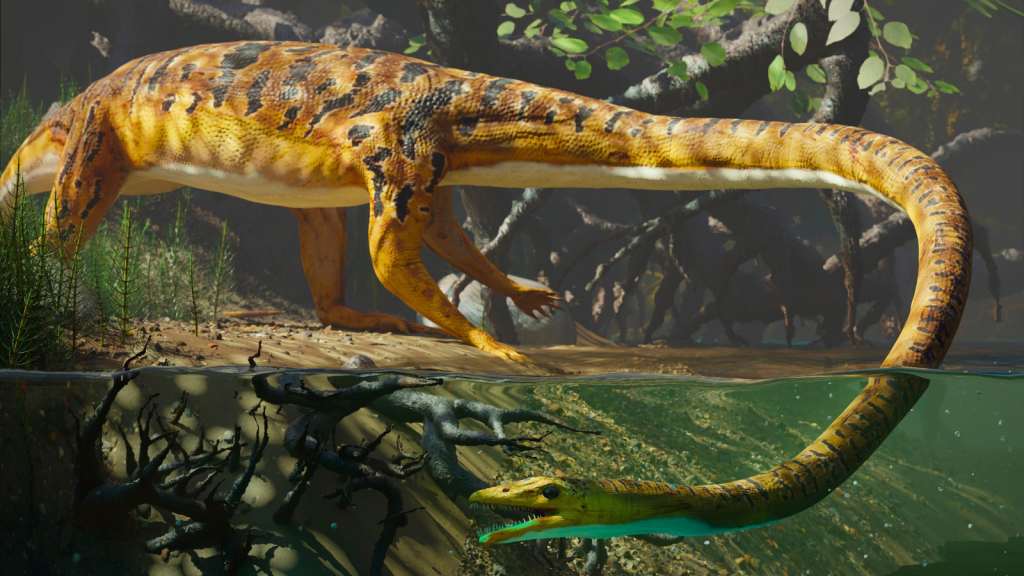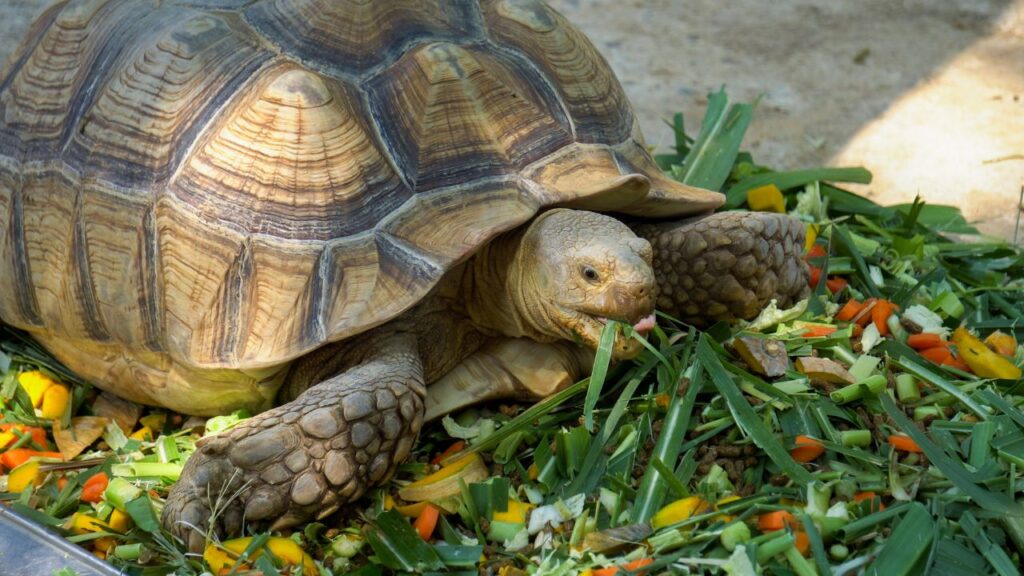The ancient world was home to some of the most fascinating predators ever to roam the Earth. These prehistoric hunters developed incredible strategies to catch their prey, often using methods that seem almost unbelievable today. From giant sea monsters to tiny flying reptiles, these creatures pushed the boundaries of what we thought possible in the animal kingdom. Join us on a journey through time as we explore 13 prehistoric animals with hunting techniques that will leave you amazed and maybe a bit unsettled.
Megalodon’s Stealth Attack
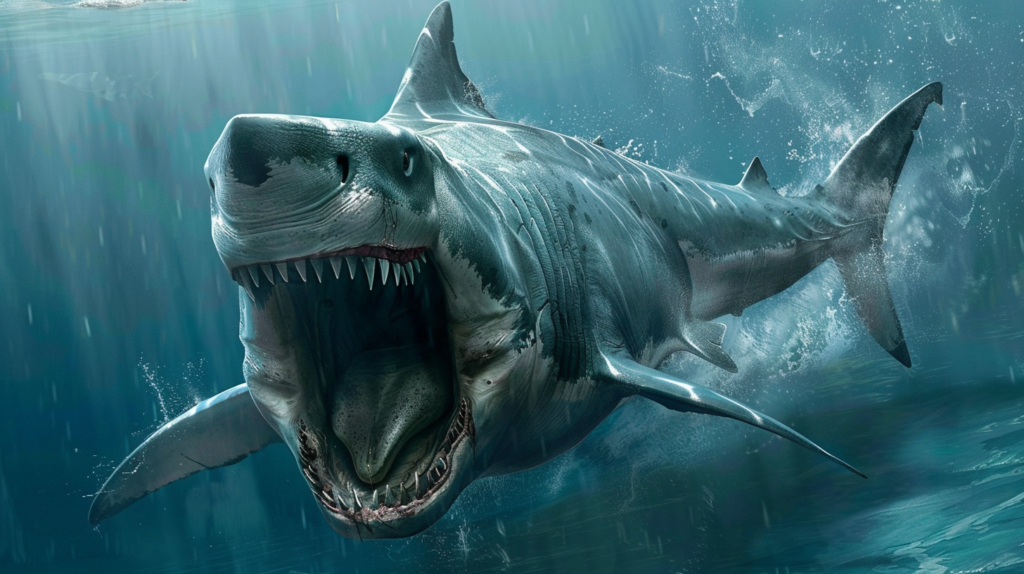
The Megalodon, a massive prehistoric shark, used its enormous size to its advantage. It would swim beneath its prey, usually whales, and rush upwards at incredible speeds. The force of the attack was often enough to stun or kill its victim instantly. This powerful predator could crush a whale’s bones with a single bite. Fossil evidence suggests that Megalodon could grow up to 18 metres in length, making it one of the largest predators to ever exist.
Anomalocaris’s Alien-Like Appendages

Anomalocaris, a bizarre sea creature from the Cambrian period, had a unique set of grasping appendages at the front of its head. These flexible limbs could snatch prey and guide it towards the creature’s disk-like mouth. Its compound eyes gave it excellent vision, making it a formidable hunter in the ancient oceans. Remarkably, Anomalocaris could grow up to a metre in length, making it one of the largest predators of its time.
Pterosaur’s Mid-Air Fishing
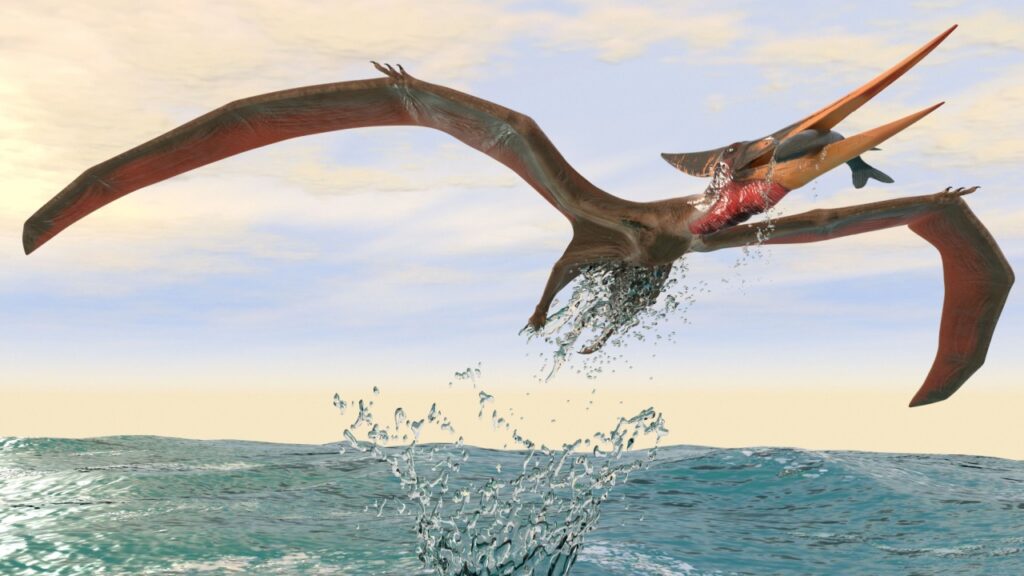
These flying reptiles had an extraordinary way of catching fish. They would skim the water’s surface with their long, narrow jaws, scooping up fish as they flew. Some species even had bristle-like teeth that acted as a sieve, allowing them to filter small fish and crustaceans from the water. The largest pterosaurs, like Quetzalcoatlus, had wingspans of up to 10-11 metres, enabling them to cover vast distances in search of food.
Dunkleosteus’s Hydraulic Jaw
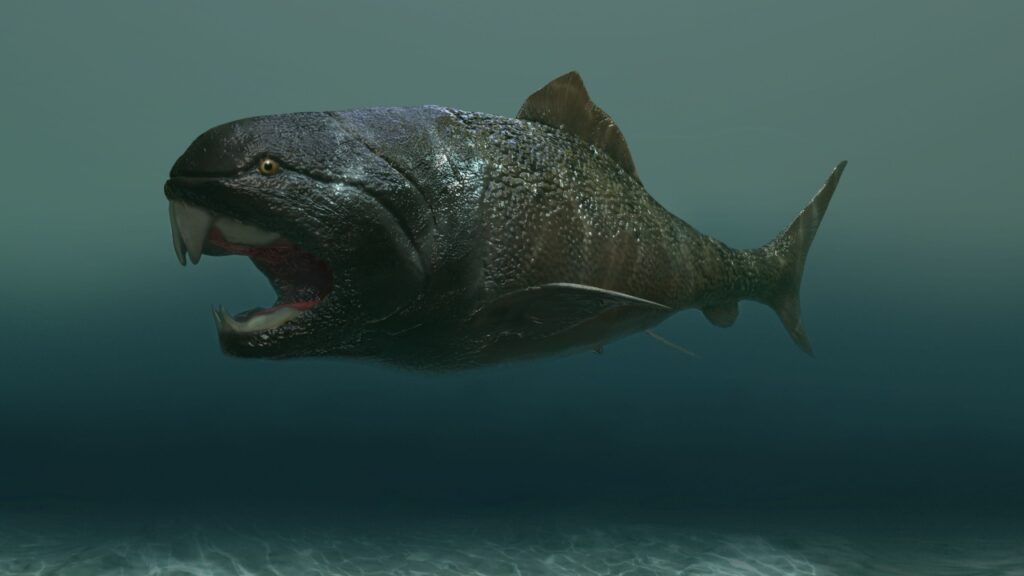
The Dunkleosteus, a massive armoured fish, had a unique jaw mechanism that worked like hydraulics. Its jaw plates would snap shut with incredible force, creating a suction that pulled prey into its mouth. This technique allowed it to catch and crush even the hardest-shelled creatures of its time. Studies suggest that Dunkleosteus could exert a bite force of up to 8,000 pounds per square inch, rivalling modern crocodiles.
Therizinosaurus’s Deadly Embrace

Despite its plant-eating diet, Therizinosaurus had some of the longest claws of any known dinosaur. These massive claws, which could grow up to a metre long, were likely used for defence and foraging. However, they could have been deadly weapons if the creature needed to fend off predators. The Therizinosaurus stood at an impressive height of up to 6 metres, making it one of the tallest theropod dinosaurs.
Tanystropheus’s Fishing Rod Neck
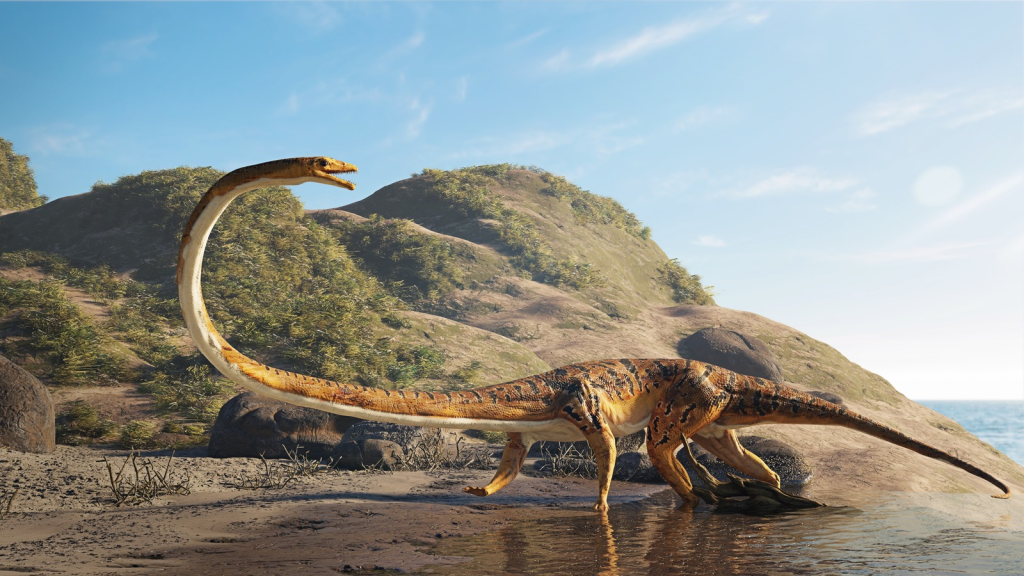
This bizarre reptile had an incredibly long neck, making up half of its body length. It would use this neck like a fishing rod, staying motionless in shallow water and then striking out to catch fish swimming by. Its needle-like teeth were perfect for gripping slippery prey. The longest Tanystropheus specimens reached lengths of up to 6 metres, with their necks accounting for about 3 metres of that length.
Helicoprion’s Buzz Saw Teeth
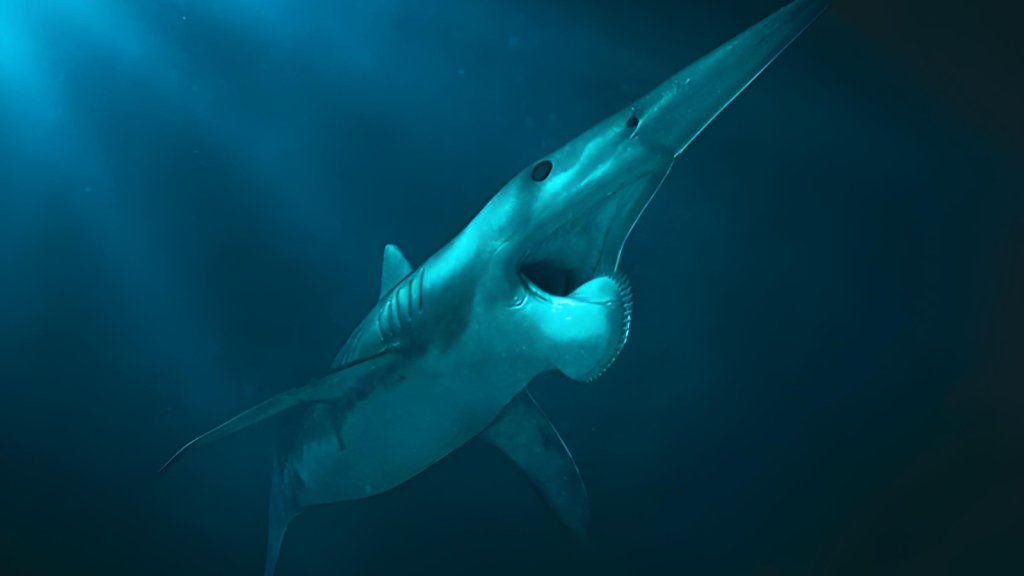
The Helicoprion had one of the most unusual mouths in prehistoric times. Its lower jaw contained a spiral of continuously growing teeth, resembling a circular saw. It likely used this bizarre adaptation to slice through soft-bodied prey like squid, spinning its jaw to saw through its victims. The largest known Helicoprion tooth whorl measured 45 centimetres in diameter, suggesting the creature could grow to considerable size.
Kronosaurus’s Crushing Bite
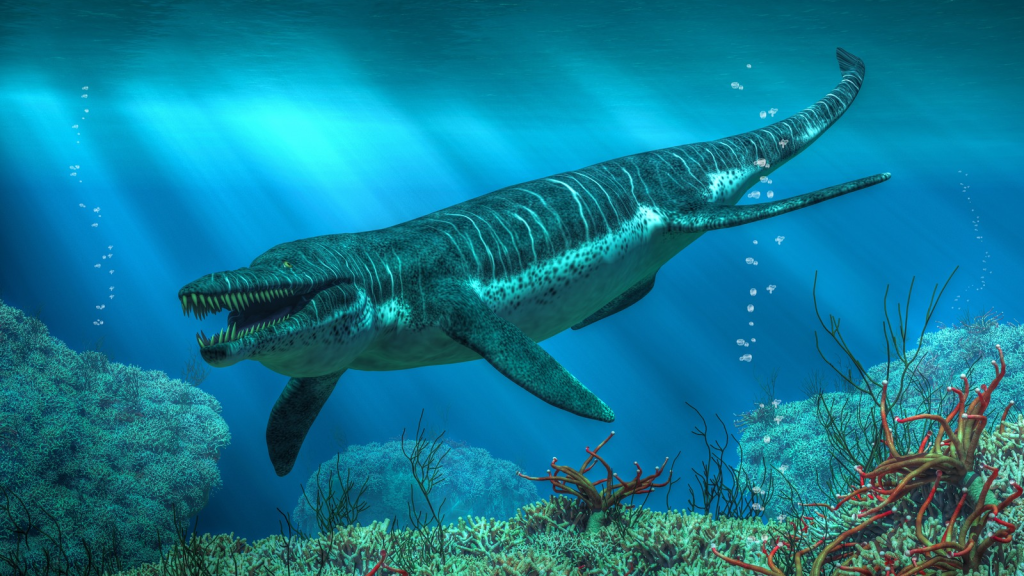
This massive marine reptile had a bite force that could rival that of a T. rex. Its long, powerful jaws were lined with conical teeth perfect for gripping slippery prey. The Kronosaurus could crush the shells of ammonites and belemnites with ease, making it a top predator in the ancient seas. With a skull measuring up to 2.7 metres in length, Kronosaurus had one of the largest heads of any known marine reptile.
Quetzalcoatlus’s Stork-Like Hunting
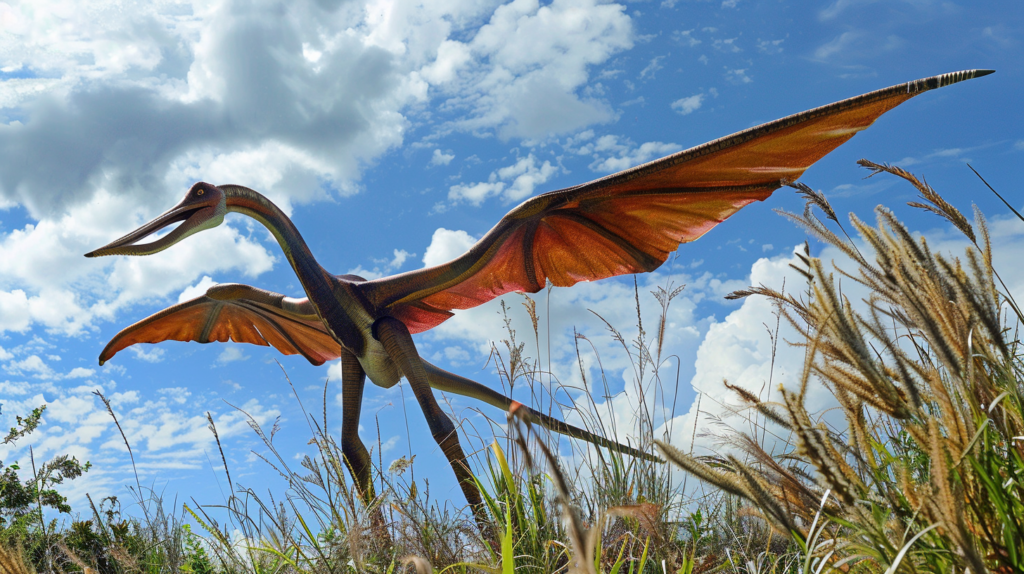
Despite its massive size, this pterosaur likely hunted like modern storks. It would stalk through shallow waters or across plains, using its long beak to snatch up small animals. Its huge size allowed it to target larger prey than most modern birds, including small dinosaurs. When standing, Quetzalcoatlus could reach a height of up to 3 metres at the shoulder, making it taller than many humans.
Arthropleura’s Chemical Warfare
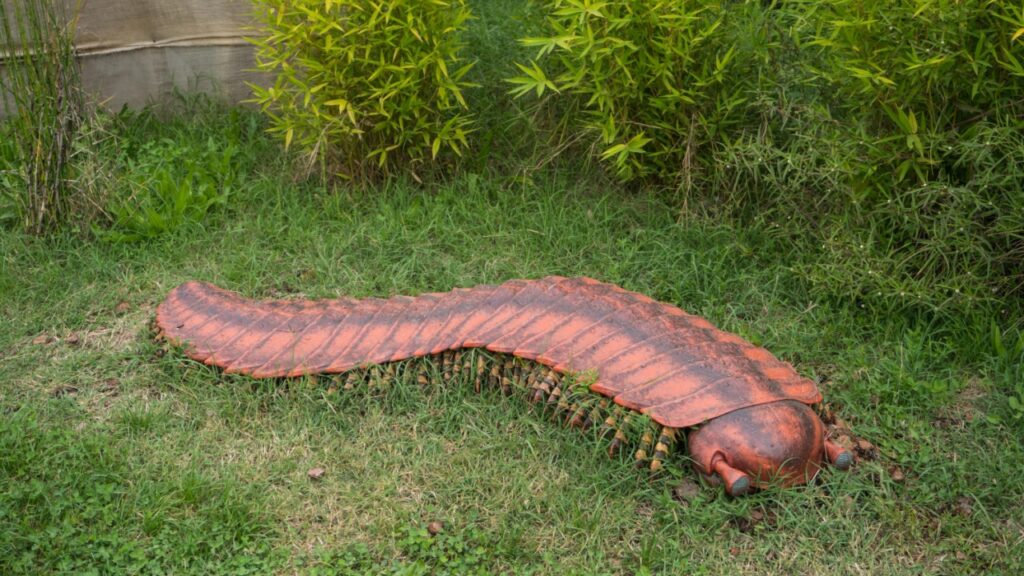
This giant millipede-like creature, which could grow up to 2.6 metres long, had a unique defence mechanism. It could secrete a toxic liquid from glands along its body, which would deter predators. While not strictly a hunting technique, this chemical warfare gave Arthropleura a significant advantage in survival. Fossil trackways suggest that Arthropleura was capable of moving quickly for its size, potentially allowing it to escape threats or chase down prey.
Opabinia’s Five-Eyed Precision
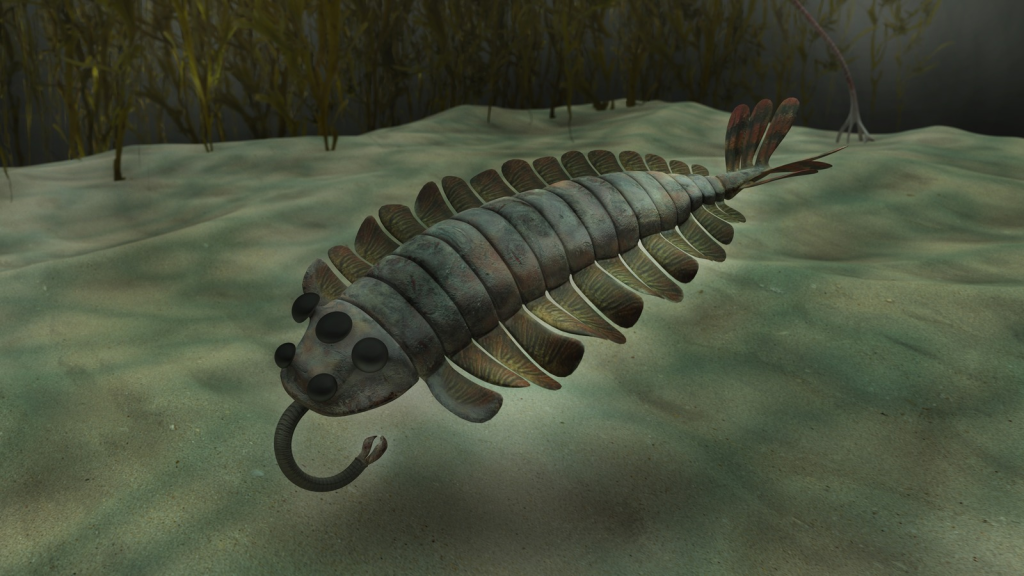
Opabinia, a small Cambrian creature, had five eyes and a long, flexible proboscis with a grasping claw at the end. It likely used its multiple eyes to spot prey, then used its proboscis to grab and bring food to its mouth. This strange creature shows how diverse hunting techniques were even in Earth’s early history. Despite its alien appearance, Opabinia was relatively small, measuring only about 7 centimetres in length.
Diplocaulus’s Boomerang Head
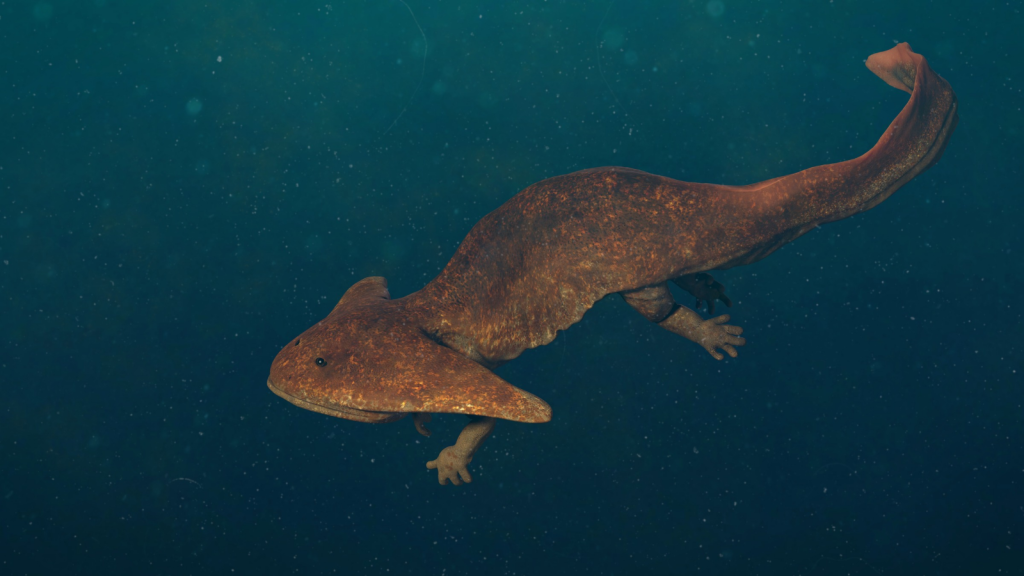
The Diplocaulus, an amphibian with a boomerang-shaped head, likely used its unique skull shape to help it hunt. The wide head may have acted like a hydrofoil, allowing the creature to quickly lift its head when striking at prey from the bottom of streams or ponds. The peculiar head shape might have also served as a defence mechanism, making it difficult for predators to swallow the Diplocaulus.
Tully Monster’s Grabbing Proboscis

The mysterious Tully Monster had a long, flexible proboscis with a claw-like structure at the end. It likely used this appendage to grab prey and bring it to its mouth. Its eyes, perched on stalks, gave it excellent vision to spot potential meals in the murky waters it called home. Despite being only about 35 centimetres long, the Tully Monster’s unique body plan has puzzled scientists for decades, making it one of paleontology’s most intriguing mysteries.
Becky is a fervent wildlife enthusiast and pet care expert with a diploma in canine nutrition. Her love for animals stretches beyond the domestic, embracing the wild tapestry of global fauna. With over a decade of experience in animal welfare, Becky lends her expertise to OutlandishOwl through insightful articles, captivating wildlife information, and invaluable guidance on pet nutrition. Her work embodies a deep commitment to understanding the intricate lives of animals and a passion for educating others on sustaining natural habitats. Becky's hands-on conservation efforts and her knack for translating complex dietary science into practical pet feeding tips make her an indispensable voice for creatures great and small.

